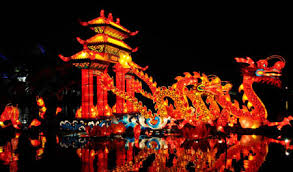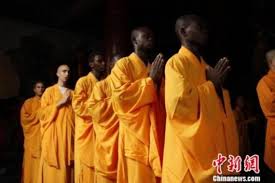Chinese culture, tradition and customs
Ancient Chinese Culture is older than 5000 years. Chinese cultural history has enormous diversity and variety. The sophisticated Chinese civilization was rich in the Arts and Sciences, elaborate Painting and Printing techniques and delicate pottery and sculpture. Chinese architectural traditions were much respected all over the world. Chinese language and literature, philosophy and politics are still reckoned as a strong influence. Chinese culture managed to retain its unique identity till the advent of Western culture in the mid-19th century.
Chinese Religion, Philosophy and Politics: Confucianism, Taoism and Buddhism have left a collective and lasting impression on Chinese culture and tradition. Confucianism propagated “Ren” (Love) and “Li” (rituals), signifying respect for society and social hierarchy. Taoism advocated the controversial philosophy of inaction. Buddhism emphasized on the need to attain self- emancipation through good deeds.
Ethnic Groups
China, a large united multi-national state, is composed of 56 ethnic groups. Han Chinese account for 91.59% of the overall Chinese population, and the other 55 groups make up the remaining 8.41%, according to the Fifth National Population Census of 2000.
These numerous ethnic groups share China's vast lands but at the same time many live in their individual communities. The relationships between the different ethnic groups have been formed over many years.
Distinct Language
While hundreds of Chinese dialects are spoken across China, a minority language is not simply a dialect. Rather, it is a language with distinct grammatical and phonological differences from Chinese. Language families include Sino-Tibetan, Altaic, Indo-European, Austro-Asiatic, and Austronesian. Twenty-one ethnic minority groups have unique writing systems.
Chinese Religion 
Confucianism, Taoism and Buddhism are the three major religions in China, although it is true to say that Confucianism is a school of philosophy rather than a religion. 
No comments:
Post a Comment